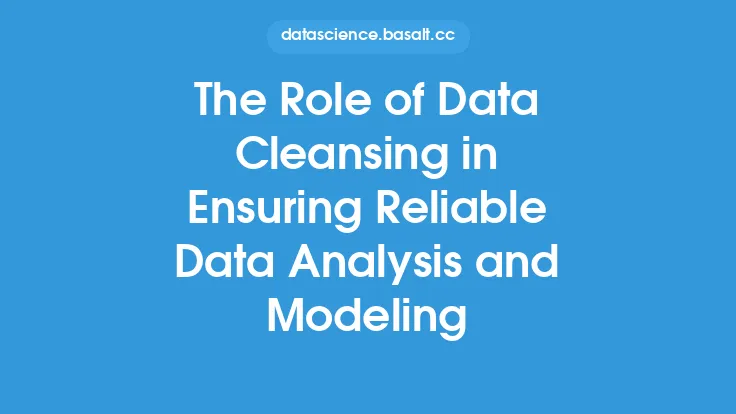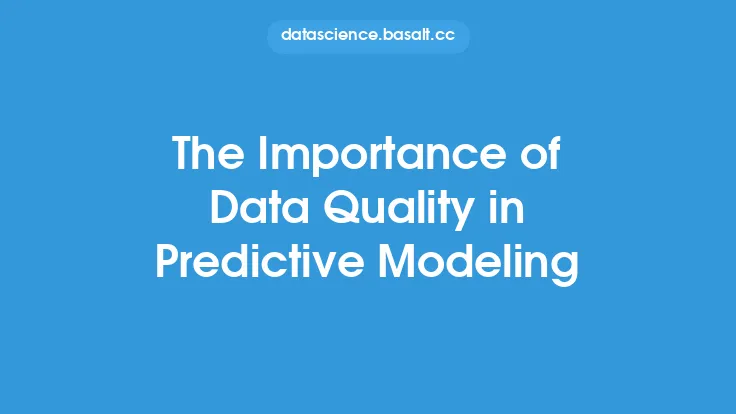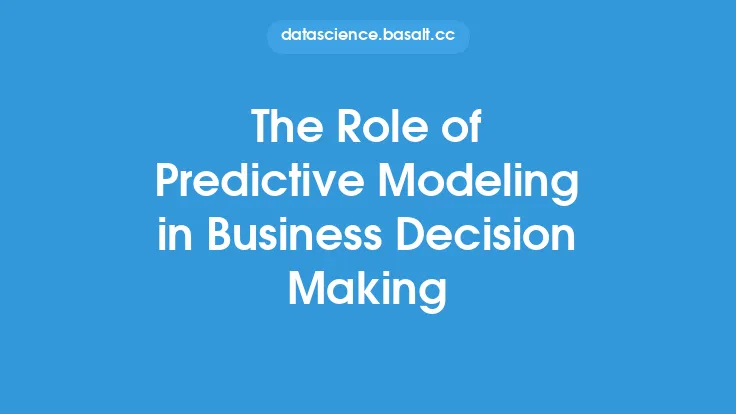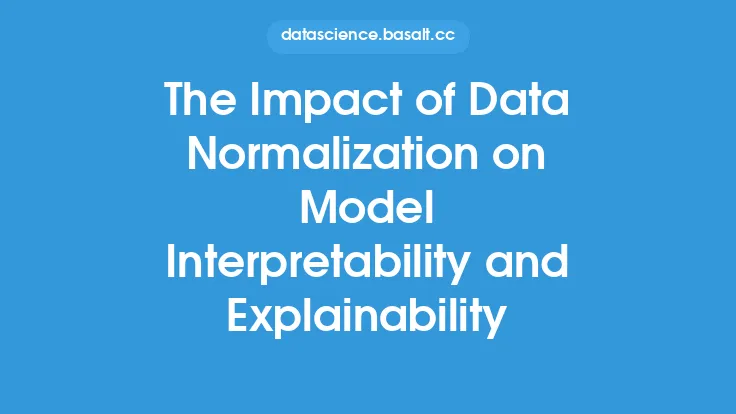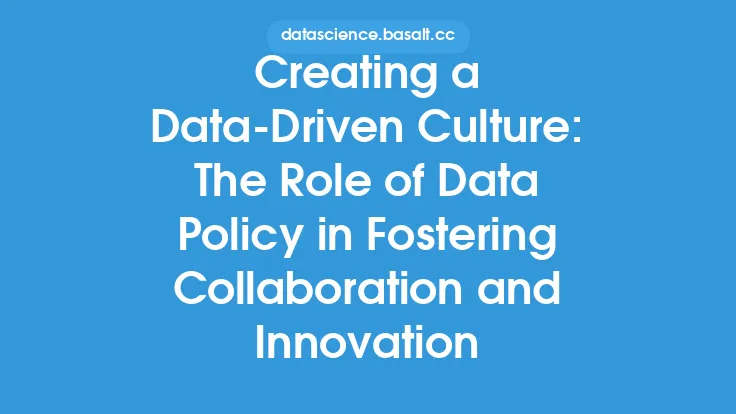Data normalization is a crucial step in the data preprocessing pipeline, playing a vital role in preventing data skewness and improving predictive modeling. Skewed data can lead to biased models, poor predictions, and incorrect insights, ultimately affecting the reliability and accuracy of the results. Normalization helps to transform the data into a suitable format, ensuring that all features are on the same scale, which is essential for many machine learning algorithms. In this article, we will delve into the importance of data normalization in preventing data skewness and its impact on predictive modeling.
Introduction to Data Skewness
Data skewness refers to the asymmetry in the distribution of data, where the majority of the data points are concentrated on one side of the distribution. Skewed data can be either positively skewed, where the tail is on the right side, or negatively skewed, where the tail is on the left side. Skewness can be caused by various factors, including the presence of outliers, non-normal distributions, or unequal variances. When data is skewed, it can lead to poor model performance, as many machine learning algorithms assume that the data is normally distributed.
The Effects of Data Skewness on Predictive Modeling
Data skewness can have a significant impact on predictive modeling, leading to biased models and poor predictions. When the data is skewed, the model may become overly sensitive to the extreme values, resulting in poor generalization performance. Additionally, skewed data can lead to incorrect feature importance, where the model assigns more importance to features with extreme values rather than the features that are truly relevant. This can result in suboptimal model performance, poor predictions, and incorrect insights.
Data Normalization Techniques
Data normalization techniques are used to transform the data into a suitable format, reducing the effects of skewness and ensuring that all features are on the same scale. Some common data normalization techniques include:
- Min-Max Scaling: This technique scales the data to a common range, usually between 0 and 1, to prevent features with large ranges from dominating the model.
- Standardization: This technique scales the data to have a mean of 0 and a standard deviation of 1, which helps to reduce the effects of skewness and ensures that all features are on the same scale.
- Log Transformation: This technique is used to transform skewed data into a more normal distribution, reducing the effects of extreme values.
- Box-Cox Transformation: This technique is used to transform skewed data into a more normal distribution, reducing the effects of extreme values.
Benefits of Data Normalization
Data normalization has several benefits, including:
- Improved model performance: Normalization helps to reduce the effects of skewness, ensuring that the model is not overly sensitive to extreme values.
- Better feature importance: Normalization helps to ensure that the model assigns importance to features based on their true relevance rather than their scale.
- Reduced risk of overfitting: Normalization helps to reduce the risk of overfitting by ensuring that the model is not overly complex and is generalizing well to new data.
- Improved model interpretability: Normalization helps to ensure that the model is interpretable, allowing for easier understanding of the results and insights.
Choosing the Right Normalization Technique
Choosing the right normalization technique depends on the nature of the data and the specific problem being addressed. Some techniques, such as min-max scaling, are suitable for data with a known range, while others, such as standardization, are suitable for data with a normal distribution. The choice of technique also depends on the specific machine learning algorithm being used, as some algorithms are more sensitive to skewness than others.
Implementing Data Normalization in Practice
Implementing data normalization in practice involves several steps, including:
- Data exploration: Exploring the data to understand the distribution and identify any skewness or outliers.
- Data preprocessing: Preprocessing the data to handle missing values, outliers, and skewness.
- Normalization: Normalizing the data using a suitable technique, such as min-max scaling or standardization.
- Model training: Training the model using the normalized data and evaluating its performance.
- Model deployment: Deploying the model in a production environment, ensuring that the normalization technique is applied to new data.
Conclusion
Data normalization is a critical step in the data preprocessing pipeline, playing a vital role in preventing data skewness and improving predictive modeling. By understanding the effects of data skewness and the benefits of data normalization, practitioners can choose the right normalization technique and implement it in practice, leading to improved model performance, better feature importance, and reduced risk of overfitting. As data continues to play an increasingly important role in decision-making, the importance of data normalization will only continue to grow, making it an essential skill for data scientists and practitioners alike.
